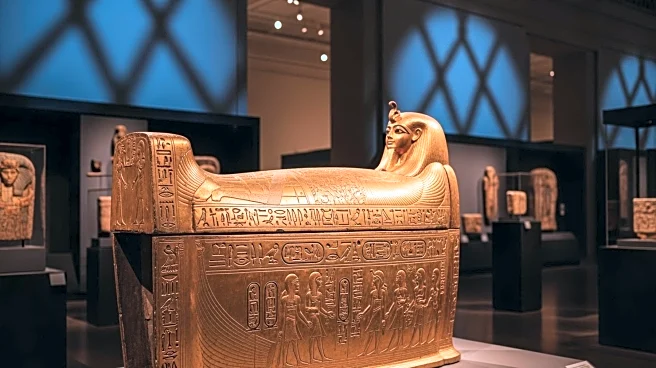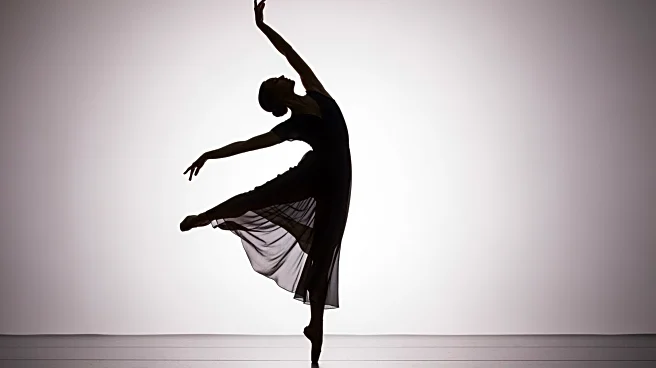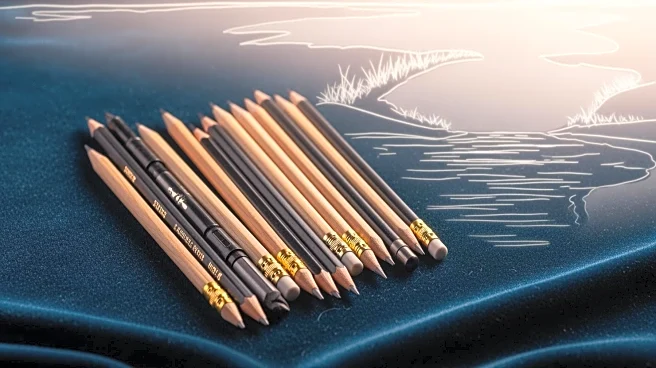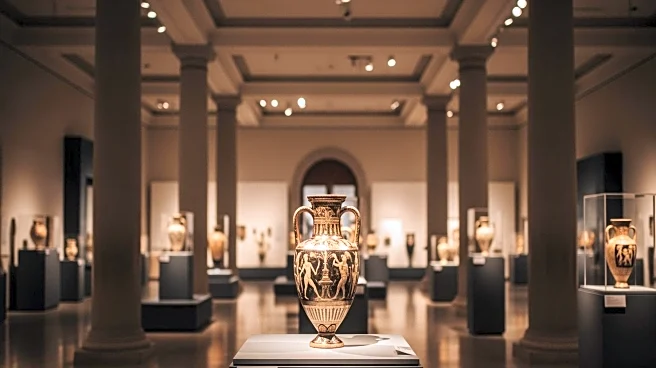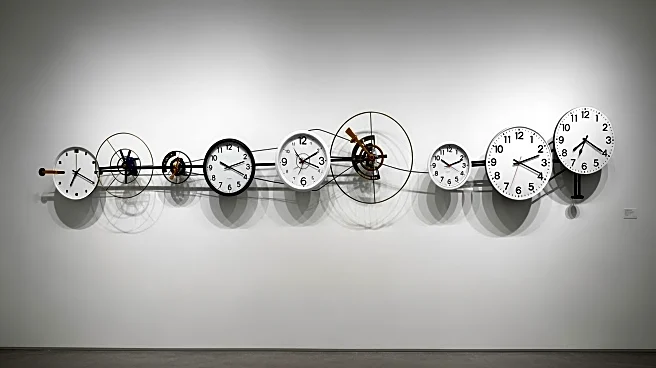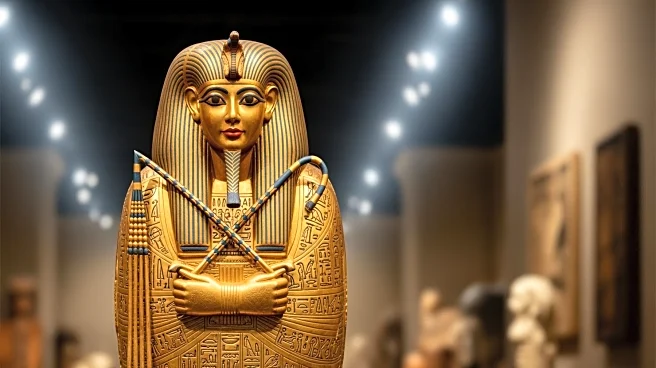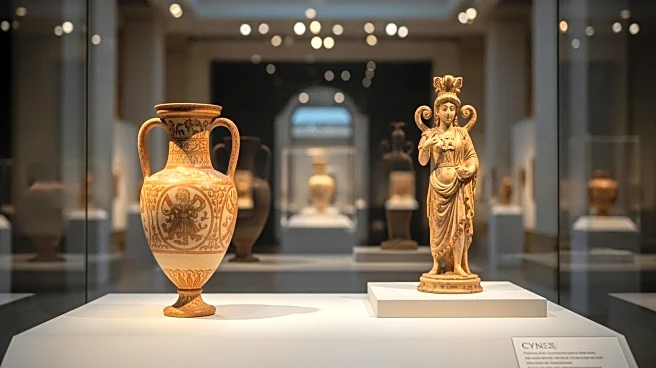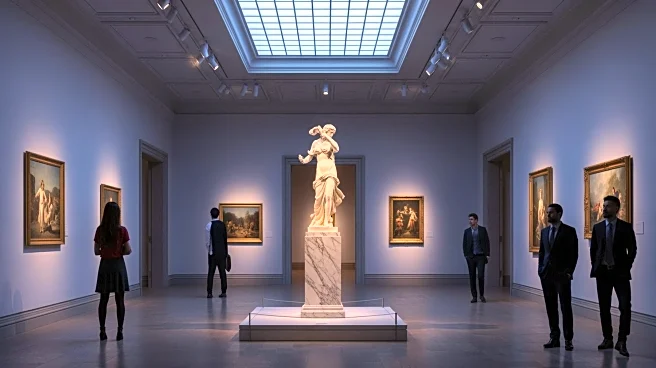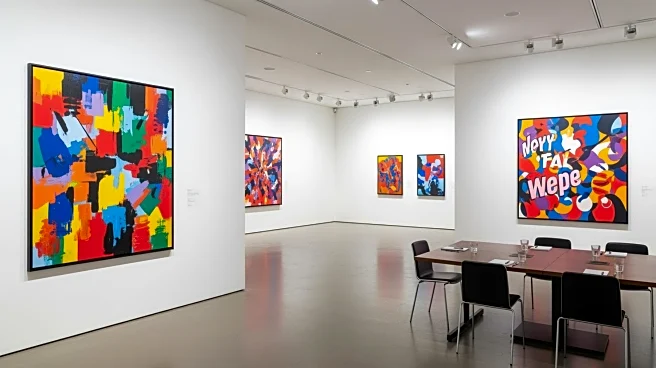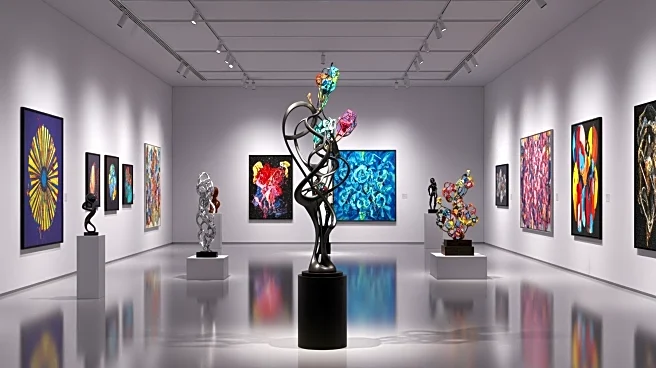What's Happening?
The Metropolitan Museum of Art in New York is hosting 'Divine Egypt,' its first major exhibition on ancient Egypt in over a decade. The exhibition, which opened on October 12, explores how ancient Egyptians depicted their gods, featuring over 200 objects
from various periods of Egyptian civilization. The show includes 140 works from the Met's collection and others lent by museums worldwide. Curator Diana Craig Patch aims to provide visitors with a deeper understanding of how ancient Egyptians related to their world through their gods, addressing life, death, and meaning. The exhibition covers all periods of Egyptian civilization and focuses on 25 main deities, showcasing the complexity and fascination of the divine landscape of ancient Egypt.
Why It's Important?
The exhibition is significant as it offers a comprehensive look at ancient Egyptian culture, which has long captivated the public imagination. By exploring the portrayal of gods in both royal and common contexts, the exhibition provides insights into the religious and cultural practices of ancient Egypt. This understanding can enrich contemporary perspectives on historical civilizations and their influence on modern culture. The exhibition also highlights the Met's role in preserving and showcasing global heritage, fostering cultural appreciation and education.
What's Next?
The exhibition will run until January, allowing visitors ample time to explore the rich tapestry of ancient Egyptian mythology and art. The Met may continue to host similar exhibitions, further enhancing public engagement with historical cultures. The success of 'Divine Egypt' could encourage other museums to organize similar events, promoting cross-cultural understanding and appreciation.
Beyond the Headlines
The exhibition not only showcases the artistic and religious aspects of ancient Egypt but also prompts reflection on universal themes such as life, death, and the search for meaning. By examining how ancient Egyptians addressed these issues through their gods, visitors can draw parallels to contemporary societal challenges, fostering a deeper connection to the past.
